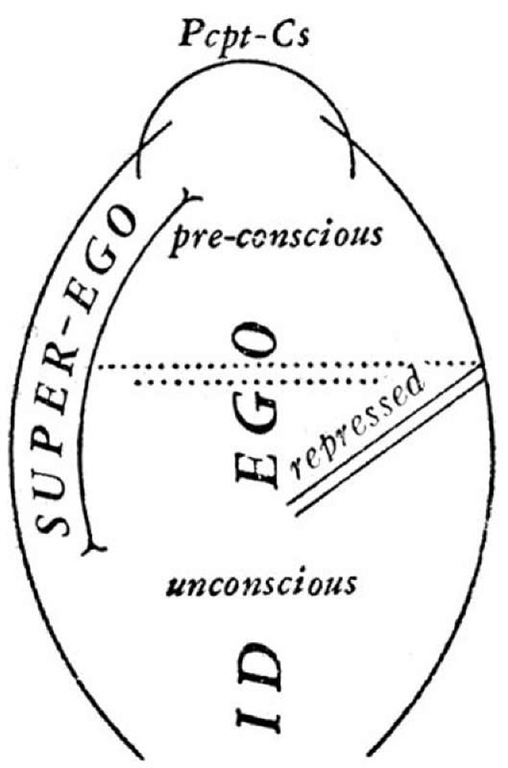This text proposes three hypotheses upon why
meaning is being lost with the rapid increase of information. The first states
that it is impossible to successfully reinject message and content into information,
and meaning is lost quicker than it can be injected. The second hypothesis suggests
that information operates outside of meaning, and, according to Shannon’s
hypothesis, information that is functional is purely technical and therefore it
does not imply meaning. The final states that information is detrimental to meaning
and due to this information directly destroys meaning and signification. The is
the most controversial of the three hypotheses as it opposes common opinions,
this is because at present, socialisation and development are measured by
exposure to the media. However, this can be seen as positive in its binary opposite,
as the underexposure to the media would have a negative connotation of desocialisation.
Baudrillard argues against the belief that information creates communication,
as he states that there is a huge loss of meaning, he likens the belief to the
commonly accepted myth that material production produces and excess of wealth
regardless of its drawbacks and dysfunctions. Baudrillard claims that our
belief that information produces meaning will be our downfall as the opposite
is the reality, in this, he is stating that information does not produce, but
instead destroys meaning. Two reasons are offered as to why information destroys
its own content. The first states that it stages meaning, exhausting itself in
doing so, rather than producing it, it stimulates. This information is what
Baudrillard refers to as ‘phantom content’ and is part of a circular process of
stimulation which results in the hyperreal. The second reason attributes the
cannibalisation of content to the staging of content from the mass media, for
example, because information dissolves meaning. The mass media therefore
produces the ‘implosion of the social masses’ because they are dissolving
meaning and the value of the sign. Meaning lies within the relationship between
signs, if the signs themselves are losing value then so are the relationships
and meaning between them, thus information is dissolving meaning.




